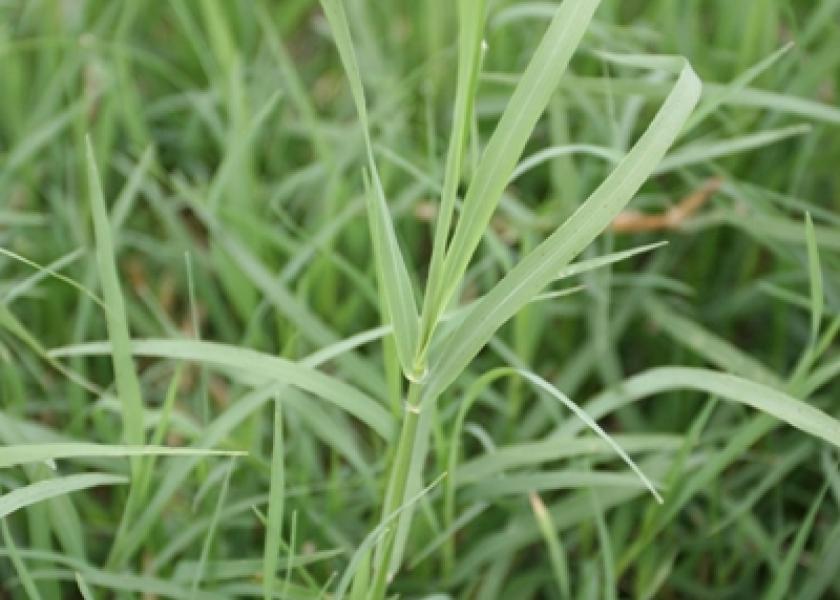When it’s Cold, Think about Managing Weeds in Warm-season Pastures

Bermudagrass’s dormant period is the time to take care of weed control in those warm-season pastures, said Dirk Philipp, assistant professor for the University of Arkansas System Division of Agriculture.
Weeds are more than just an aesthetic problem. “Technically, weeds compete with forage species for available resources such water, sunlight, nutrients; they reduce overall forage quality, palatability, some maybe toxic,” he said. “As a result, nutrient-use efficiency is reduced, animal gains are not at an optimum, and farm economics suffer.”
Philipp said that “late February and early March is the time to treat bermudagrass pastures for buttercup and henbit -- both of which are very prolific.”
While both weeds can be treated earlier, as spring approaches, they both grow at a faster rate and the herbicides will be effective. Philipp said that for henbit, products containing metsulfuron are recommended, while for buttercup, glyphosate or paraquat is recommended.
“As with all pesticides, read labels carefully as restrictions may apply,” Philipp said.
At the UA animal science research farm in Fayetteville, Philipp said researchers had very good experiences with glyphosate applied late February/early March. Because bermudagrass cannot be grazed or hayed for 60 days after dormant application, “the earlier the application, the better,” he said. “If you go out and think you need to spray, then it’s probably too late.”
Herbicides still work at relatively low temperatures, as long it is not freezing and an early application in early February can be followed up with a second one in early March.
Philipp had additional notes on weed control:
- It is probably impossible to keep fields entirely free of undesirable plants, so don’t get discouraged
- Observe and monitor the different annual, perennial, broadleaf and grassy weeds year-round to learn when they appear so you can be prepared.
To help minimize weed encroachment and make herbicide control more effective, even indirectly, he advises producers to stay on top of their fertilizer programs.
“Inadequate fertilizer applications may weaken the forage stand,” Philipp said, adding that producers should “keep pH/liming requirements in check.”
He also said that growers should let the stand develop a dense canopy, but remove forage on a regular basis to open up the canopy for light penetration to the lower leaves, and to use grazing methods in accordance with your needs to increase efficiency of forage utilization.
Source: University of Arkansas Cooperative Extension Service







